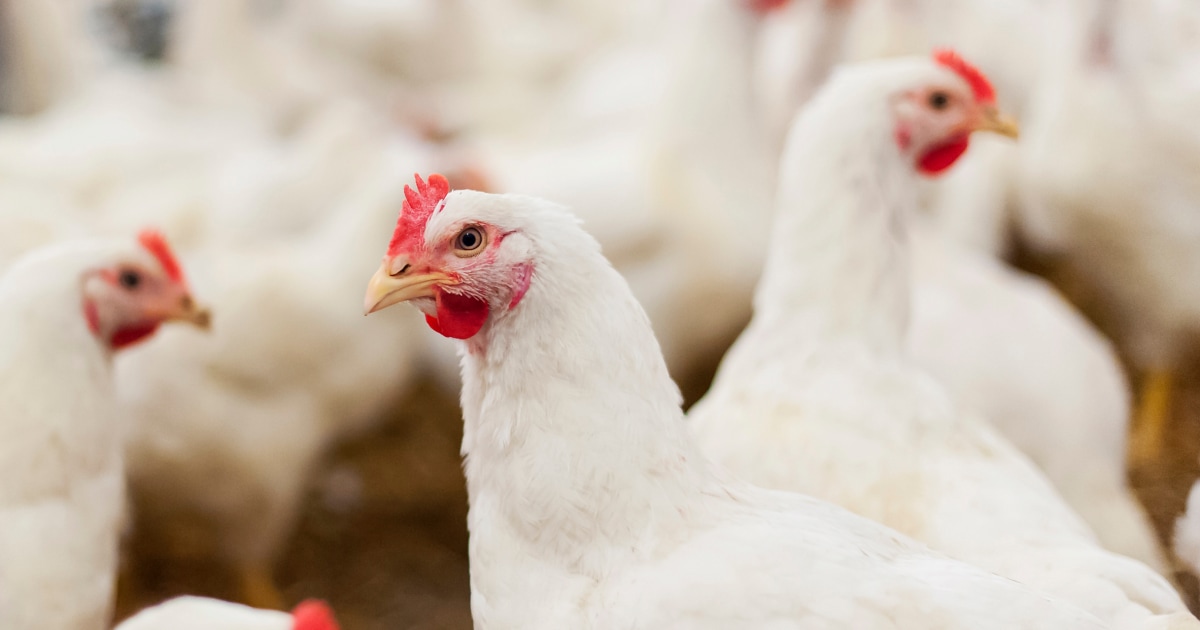Imagine a scenario where a prominent life sciences company safeguards 573,000 biological samples collected two decades ago as part of a groundbreaking study. Today, these samples rest in a tucked-away basement of a modest laboratory, nestled among numerous cryogenic freezers within a section of the building inaccessible to anyone involved in the original research. The samples intermingle with materials from newer studies and ongoing investigations, making it a daunting task for anyone to pinpoint their exact locations without extensive digging.
Surprisingly, this situation isn’t uncommon. Despite the crucial role high-value samples play in the life sciences industry, many organizations fail to recognize the importance of scalable and reliable automated storage solutions. Sample management often takes a backseat to more immediate priorities, leading to delays in achieving long-term efficiency gains.

For enterprises grappling with vast storage volumes or navigating regulatory pressures concerning digital record-keeping, transitioning to an automated solution with integrated audit trails represents a significant leap forward. The following six steps can help you address the challenges and strategies in transitioning to automated cryogenic storage systems. An initial infrastructure assessment will help you gain a better understanding of your current facilities, resources, and limitations.
If yours is like many other organizations, the cryogenic storage infrastructure did not arrive at its current state through comprehensive planning, but rather by growing organically as teams acquired freezers to fill immediate needs without much consideration for future requirements or space constraints. As a result, you find that your team is spending a lot of time sorting through (likely unorganized) freezers, or you have realized that space constraints mean you have no ability to scale up. Now, you need to consider what to do next: how to improve efficiency, make better use of space, and protect the integrity of the samples in your collection.
To gain the full picture of your current state, you should conduct a methodical evaluation of all the different storage locations and collections at your facility to determine who manages each freezer, who has access, what samples are housed together, and what process is used to request samples and track locations. Inspect all the cryogenic freezers, not only to determine capacity limits, but also to assess organizational structure. It may become apparent that samples are lacking associated data or you’re storing materials whose purpose is unclear or gathered by people who are no longer with your organization.
Without information about a sample’s consent status, keeping it is a waste of space, money, and electricity. Aside from sample management efficiency, you may also want to start thinking about the best storage approach to use moving forward: on-site, off-site, or a combination of both. A centralized, on-site automated biorepository keeps everything accessible with a small team managing it.
Conversely, an off-site distributed repository offers expertise, compliance, and scalability, allowing individual labs access to their own storage space. A hybrid approach combines on-campus and off-campus storage for flexibility. Revamping your cryogenic storage infrastructure will mean gaining support from your organization’s leadership team as well as those who use it.
Weigh the benefits of the current system against a streamlined future supported by automation. Consider the advantages that automation offers in time and cost savings, likelihood for reduced errors, accuracy of sample tracking, and protection of samples. How do you get lab personnel on board with the idea of automated storage? In the existing system, they may value having autonomy over how they collect and store their samples.
But allowing multiple sets of individually housed freezers can lead to duplication of samples and wasted resources, and it may not be protecting the integrity of those samples. Transitioning to automation allows for better access control, tracking, and resource optimization, which in the big picture, provides more assurance of sample security. The advantages of automation also include cost savings, as automation reduces the risk of errors and protects high-value investments, such as CAR-T therapies, from human mistakes or temperature fluctuations that could render them unusable.
When selecting containers, racks, tubes, or vials for cryogenic storage, it’s wise to consider the advice, “start as you mean to go on.” Considering the requirements for automation early-on can make your life easier later, as can standardizing container use across your various applications. When choosing containers for automation, prioritize features such as standard sizes, screw caps, and bar codes.
Barcoding significantly improves sample management efficiency by eliminating wear and loss associated with traditional paper labels (which can detach in cryo freezers). Barcodes, whether etched into labware or printed with durable ink, offer reliable sample tracking even under cryo temperatures, ensuring long-term readability. Opting for containers that meet automation requirements while remaining adaptable for future expansions adds scalability and flexibility to your infrastructure.
Think about the important data that must accompany each sample through its lifecycle and what data management protocols are needed to achieve that. As your research and development stages progress, additional information and data requirements may be mandated. Automation is designed to help you better manage the data associated with each sample, such as consent forms, ownership details, and approved usage.
In an automated system, a Laboratory Inventory Management System (LIMS), or similar software, handles this data, keeping accurate records that support regulated environments. The LIMS keeps track of the sample type, attached documents, authorized users, and possibly its freezer location. In an automated system, sample retrieval requests can be routed through a LIMS, which acts as the authoritative source to ensure data accuracy and traceability throughout the sample’s life cycle.
Collecting bidirectional data from all freezers in the system can help identify bottlenecks, enhance processes, uphold product quality, and cut costs. It also facilitates continuous improvement through data-driven decision-making. Transitioning to automated cryogenic storage brings another consideration: how will you standardize your procedures to create repeatable processes? As you navigate this step, collect input from both your research and sample management teams to create new processes that respect your current workflows while finding areas for improvement.
Focus on how you can integrate automation seamlessly into your processes to reduce workloads and enhance efficiency. Consider issues such as the frequency of sample access, the volume of samples being stored, and whether individual researchers need to manage their own samples. Adopting a centralized approach with strategically located freezers can reduce time spent locating samples and minimize disruptions in the research activities that matter most, i.
e., discovering cures and making scientific breakthroughs. By highlighting how automation simplifies workflows and supports research goals, your team will view it as an advantage rather than a risk.
Don’t forget to involve operations and quality control personnel in procedure development to ensure compliance with regulations and best practices. And after finalizing a new process, conduct training sessions for each team and provide clear documentation to ensure smooth adoption and continued use. With the pace of advancements happening today in cell and gene therapy, being able to shift or scaleup rapidly is important.
That’s why scalability is a crucial consideration in planning cryogenic storage, and an important way that automation can facilitate product development and scaleup. By evaluating factors such as workflow design, facility layout, and infrastructure readiness, you may more effectively accommodate increased workloads and evolving storage requirements. Be sure to assess how user interactions may change as you scaleup and whether your processes are sustainable.
Consider, for instance, how many users have access now, and what level of access authorization you have in place. How might these dynamics shift over time, and what strategies can be implemented to manage these shifts seamlessly? You may find that collaborating early on with your automated storage provider can significantly improve your efforts and understanding, helping you to plan more effectively. If you intend to adopt a centralized biorepository model, planning from the start how to accommodate multiple freezers in a few designated areas can be part of your strategy.
Furthermore, it makes sense to ensure infrastructure readiness from the onset. For example, laying groundwork for electricity and utility connections so you’re ready to integrate new equipment as the demand escalates can be cost-effective and save time later. The journey to successful automated cryogenic storage entails a multifaceted approach spanning infrastructure evaluation, container standardization, data management, procedural alignment, scalability foresight, and strategic planning.
These six steps form a cohesive strategy to optimize storage efficiency, uphold sample integrity, and propel innovation in cell and gene therapies. Embracing these steps can equip organizations like yours with the tools and frameworks needed to navigate the complexities of modern sample management while ensuring readiness for future advancements in the field. , “ ”.



















